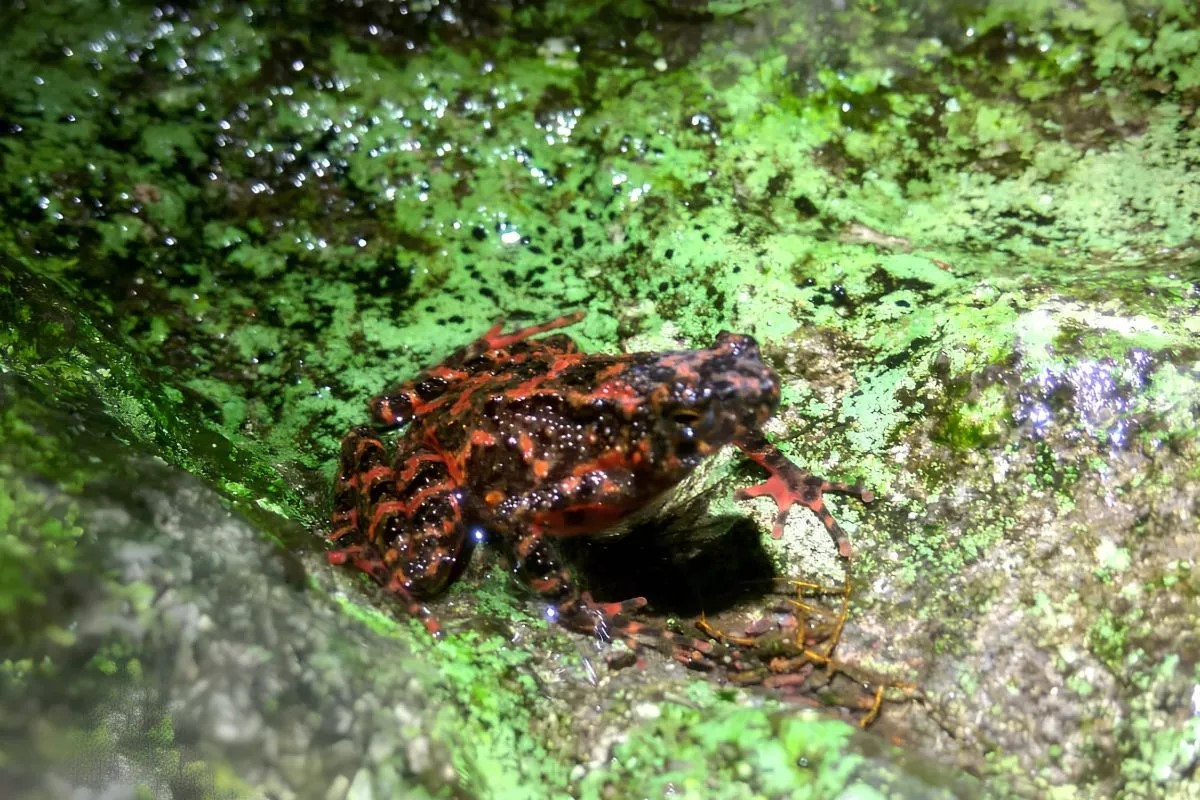Popular Reads
Top Results
Can't find what you're looking for?
View all search resultsPopular Reads
Top Results
Can't find what you're looking for?
View all search resultsAquatic species at high risk of extinction from climate change: BRIN
Aquatic species are among the most affected by climate change, a BRIN researcher has said, underscoring the importance of conservation efforts and mitigation measures to safeguard biodiversity.
Change text size
Gift Premium Articles
to Anyone
 A bleeding toad, endemic to Java, is pictured at Mount Halimun Salak National Park in West Java in this undated picture. Aquatic species are among the most affected by climate change, a BRIN researcher said on March 1, 2024, underscoring the importance of conservation efforts and mitigation measures to safeguard biodiversity. (Antara/Environment and Forestry Ministry)
A bleeding toad, endemic to Java, is pictured at Mount Halimun Salak National Park in West Java in this undated picture. Aquatic species are among the most affected by climate change, a BRIN researcher said on March 1, 2024, underscoring the importance of conservation efforts and mitigation measures to safeguard biodiversity. (Antara/Environment and Forestry Ministry)
C
limate change will have major impacts on aquatic organisms, which face a higher risk of population decline and even extinction as a result of drastic temperature changes, National Research and Innovation Agency (BRIN) chief biosystematics and evolution researcher Amir Hamidy said on Wednesday.
"Species living in aquatic environments are among the first to feel the effects of climate change," he said during a media discussion at the BJ Habibie Building in Jakarta, as quoted on BRIN’s website on Thursday.
Some of these impacts, he said, were changes to the reproductive cycles and behaviors of certain animals.
Amir added that toads were excellent bioindicators of water availability, one of which was the bleeding toad (Leptophryne cruentata), found exclusively around Mount Gede Pangrango in West Java.
According to data from 40 years of monitoring conducted by researchers from Bogor Agricultural University (IPB) and related institutions, the distribution of these toads has decreased and their populations have moved away from the altitudes they typically inhabit.
The researchers said the decrease in distribution and the newfound migration of the species were results of temperature changes on Mount Gede Pangrango.
The changing temperatures affected the reproductive cycle of the toads, impacting their breeding patterns.


















